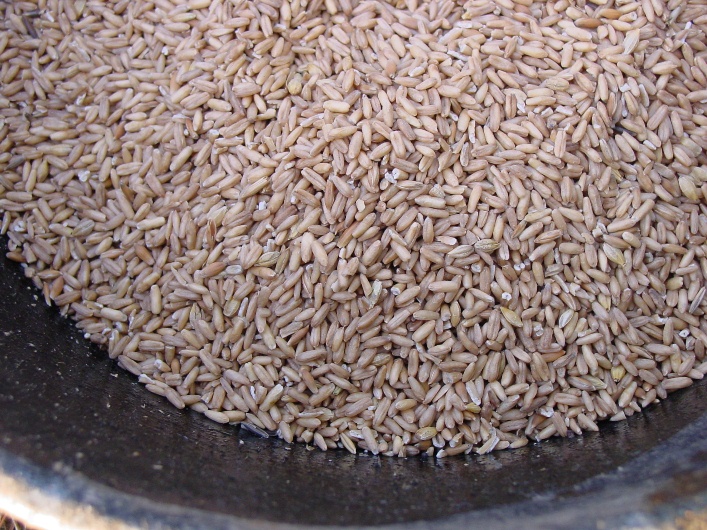Feeding Oats to Horses – The Whole Picture

For decades, oats have been a staple in the feeding program of horses. Often considered a ‘safe’ grain option, there are pros and cons to this long-loved feed option. Upon closer examination, the nutrient profile of oats may surprise you. Read on and see the whole picture of oats.
Variability – Oats are grown in many parts of the United States, Europe and Canada. Depending on the genetic variety, growing conditions, soil type, management and harvest conditions, the nutrient content and quality of oats can vary widely. Take for example the starch content which can range from 32% all the way up to 43%! Variability of nutritional content can be high in oats.
Balance – Calcium and phosphorus work together to build strong bones and muscles, but they need to be in a balanced ratio to be absorbed and to work effectively. For a horse, a ratio of 1:1 (calcium to phosphorus) is the minimum, but can range up to 6:1 and still be effective and healthy. Generally speaking, oats have inverse calcium: phosphorus ratio and on average run 0.06% calcium to 0.45% phosphorus.
Starch level – The ‘low starch’ movement of the past decade has redefined what “low” is. Low, being a relative term, historically may have meant anything below corn, which runs on average 65% starch. So what is the starch level of oats? The level of starch in oats can range from 32% up to 43%, however, the digestibility of the starch found in oats tends to be higher than in other cereal grains. To put this into persecptive, take into consideration that ‘low’ starch feeds today run around 11-14%, and even oats are starting to look high!
Amino Acid Deficiancy – The building blocks of protein, amino acids such as lysine, methionine or threonine are required to effectively build and maintain muscle. Though present in oats, the variability of levels is high and there are no guaranteed or consistent levels.
Digestibility – Processing oats by de-hulling, crimping, rolling, or crushing can provide a marginal increase in the digestibility of nutrients. How much it increases, is actually minimal. Consider this: next time you are cleaning out stalls, take a look at a pile of your horse’s manure. See any oats in there? Those have made it through the digestive tract without providing nutrition to your horse.
As you can see, oats are highly variable and nutritionally unbalanced in many areas important to horses. Feeding your horse oats without balancing the diet could easily result in nutritional deficiencies. If you feel strongly about feeding oats to your horse, it’s worth considering a commercial grain made with oats.
Alternatively, certain supplements are made to compliment oats and fill the nutrient gaps for your horse. This way, you can feel good about feeding your horse oats, and your horse will feel good with balanced nutrition.
